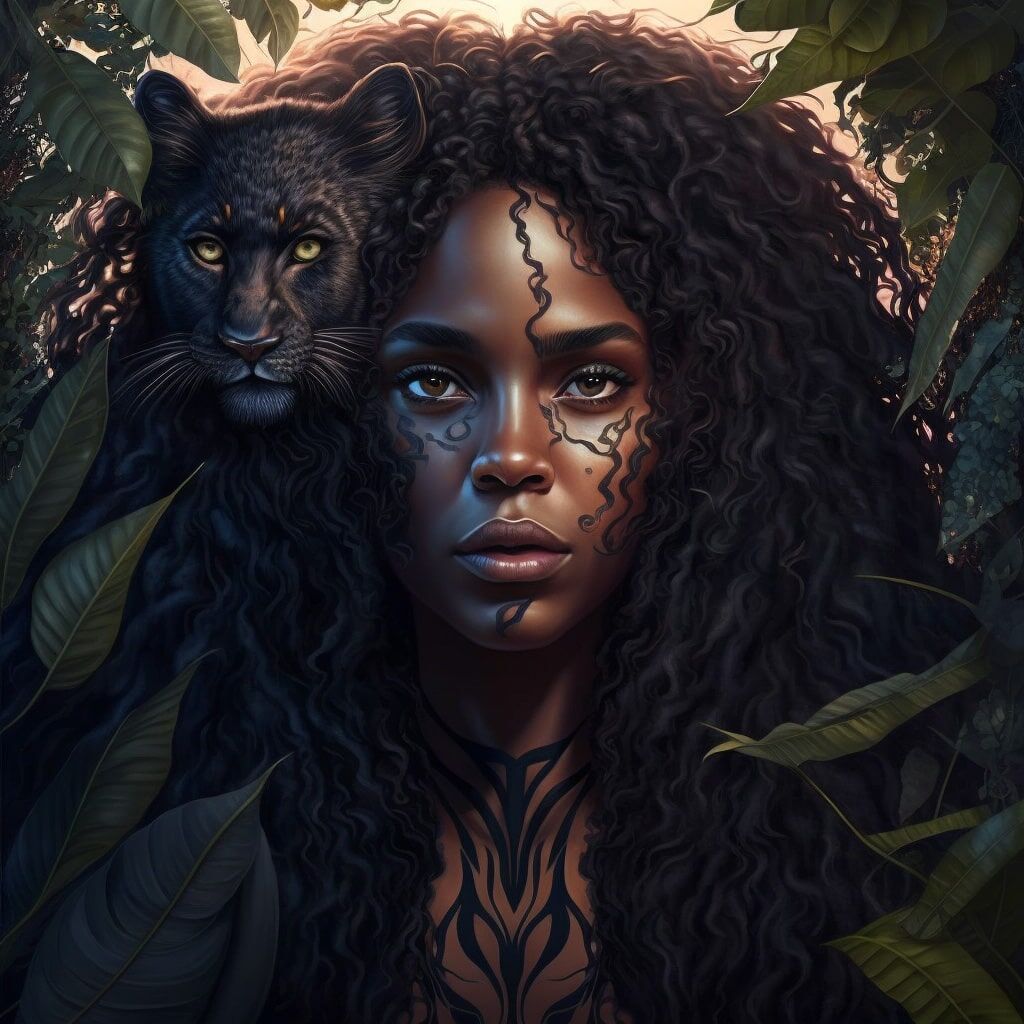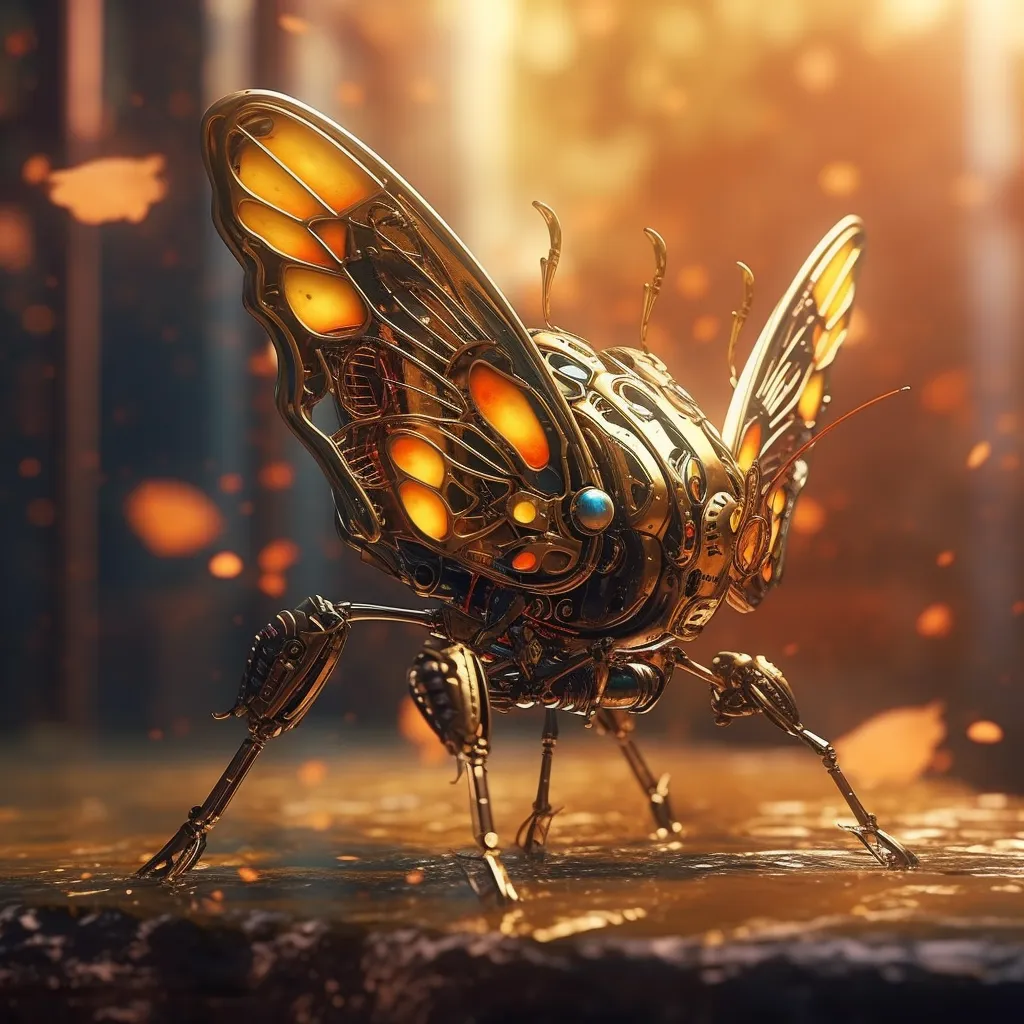Andrew Corley was only six years old when he became enchanted by the wonders of the natural world. While other children played tag or video games, Andrew preferred turning over logs in the forest behind his house to uncover the tiny metropolises of beetles and ants thriving there. He spent hours lying in the grass watching bees dance through the air from flower to flower, dripping pollen. The swirling patterns of flocks of birds mesmerized him. He was captivated by the mysteries of how such creatures built intricate homes, foraged for food, and communicated in their own languages.
This childhood fascination stayed with him even as he grew older and began pursuing more conventional interests like academics, sports, and technology. In school, Andrew excelled in science and math, possessing an analytical mind. Yet he also had an artistic spirit, filling notebooks with sketches of shells, wings, and mammal fur patterns. Whenever a science lesson touched on concepts echoing things he observed in the living world, like aerodynamics or symbiotic relationships, his curiosity was piqued.
While building an artificial intelligence consultancy, he still made time to cultivate his outside passion for the natural world. He returned often to the woods of his youth, rediscovering old stomping grounds. He visited botanical gardens and aviaries to closely examine the forms and behaviors of exotic flora and fauna. A bookshelf in his office held field guides to insects alongside programming manuals. For Andrew, his professional life in technology and personal joy in nature were intertwined rather than separate spheres.
The spark was always there, waiting to be fanned into flame. When Andrew learned of the burgeoning field of biomimicry, which studies nature’s designs to extract principles applicable to human challenges, he realized he had found the perfect marriage of his interests. Here was a discipline that blended his scientific knowledge with his creative admiration for the elegance of the natural world. He soon dove into voracious research on biological models that could inform human innovation.
Soon this passion bubbled over into a calling. Andrew made the time on weekends and evenings to author a book synthesizing his thoughts on bio-inspired design. It allowed him to probe topics like materials science, robotics, and sustainability through the lens of emulating time-tested natural designs. The book represented the flowering of the seed planted during those childhood afternoons watching ants on the march. Andrew’s lifelong sense of wonder had finally led him to this intellectual destination.
Through the book, Andrew hopes to convey his innate curiosity about nature’s genius to others. By honoring his own passions in this way, he has created something truly original from that small boy’s sense of awe observing bees dancing through the clover. The journey reflecting his circuitous path through engineering, computers, and biomimicry has come full circle.



Blending Business and Bio-inspiration
On the surface, Andrew Corley seems like your typical tech entrepreneur. He runs Corley AI, a successful artificial intelligence consulting firm helping everyday businesses leverage data to solve complex business problems. Andrew oversees machine learning models, product algorithms, and other pragmatic tools meant to boost profits and outpace competitors. He has all the trappings of career success – expensive suits, luxury watches, a corner office.
But behind the corporate facade, Andrew nurtures a lesser known passion: nature. When not advising executives or giving keynotes, he might be hiking mountain trails, cultivating an ornate garden, or designing his own line of furniture inspired by animal shapes. His office, while sleek and modern in aesthetic, contains flourishing plants and natural light. Paintings of coral reefs and woodlands hang prominently. This is not your typical tech bro.
Andrew has found harmony between the rigors of industry and the delights of the natural world he fell in love with as a child. But this balance did not come easily. Early in his consulting career, Andrew fought constant frustration. He felt stifled creatively and longed for work that tapped into his lifelong fascination with biology. The grind of client deliverables left little time for him to nurture his spirit.
Late nights peering at lines of code strained his eyes and his soul. The corporate promotion ladder resembled a prison sentence more than a path to fulfillment. Andrew realized he needed to reinvent how he integrated his professional and personal passions.
He began carving out time for bio-inspired experiments, whether growing exotic plants or designing a chair shaped like a beetle shell. He snuck off into the woods on weekend mornings, leaving his phone behind. He tapped into nature as an antidote to the toxicity of business and technology when pursued in the wrong proportions.
Soon Andrew made larger changes. He reoriented his firm toward more holistic projects marrying cutting-edge AI with natural design principles. He launched sustainability initiatives in the office, adding zen gardens and donating to conservation groups. Annual retreats now involve team building activities like hiking, rafting, and stargazing. Under Andrew’s lead, Corley AI has become a haven for eco-minded techies.
Through this integration of right-brained creativity and left-brained logic, Andrew has achieved something rare: a blending of both hemispheres of his soul. He enjoys commercial success thanks to a company built on technological innovation, but also makes space for artistic expression inspired by the ancient genius of nature.
Andrew derives equal joy now from poring over a riveting data analysis report and watching a vivid sunset over the mountains. He feels the genteel zephyr from an open window even within his corporate headquarters. By harmonizing professional accomplishment and personal passion, Andrew Corley has become that rare hybrid: the Renaissance man of the technology age.
Cor Principles of Nature’s Genius
In his new book on bio-inspired design, Andrew Corley distills decades of observing nature into key principles that humans can emulate to create better, more sustainable technologies and solutions. He draws on examples from the living world to illustrate how qualities like adaptability, multi-functionality, and efficiency enable organisms to thrive. According to Andrew, by studying the time-tested genius of natural designs, we can extract guidelines and models to follow in our own innovations.
One core principle Andrew explores is adaptability – the ability to dynamically change form or function in response to shifting environmental conditions. He points to trees adapting their branching shape to maximize sun exposure as the canopy shrinks in winter. He describes how pitcher plants modify their digestive enzymes to accommodate new prey sources when old ones decline. This inherent adaptability allows organisms to optimize survival in a changing world. Andrew advocates that human designs should likewise be flexible, upgradeable, and open to growth rather than rigidly fixed.
Andrew also spotlights nature’s penchant for multi-functionality, where single organisms or systems serve many purposes simultaneously. Bees’ bodies produce honey while their wings distribute pollen between flowers. Wetland grasses purify water while also mitigating floods and providing habitat. Andrew advises learning from such layered, synergistic designs that allow single elements to serve multiple roles. He suggests that manmade products and businesses should aspire to similar many-birds-one-stone efficiency.
In addition, Andrew analyzes nature’s waste-free, circular systems as models of material efficiency. Trees repurpose fallen leaves into nourishment for future growth. The entire oceanic food chain depends on continual recycling of basic elements. Andrew contrasts this closed-loop efficiency with our human penchant for linear manufacturing systems that deplete finite resources. He advocates redesigning our industrial practices to circulate materials in regenerative loops like nature inherently does.
Underlying all these principles is nature’s long track record of survival under challenging conditions that forces ingenious solutions. While our technology often breaks down in decades, organisms adapt over millennia. Andrew suggests that this battle-tested natural wisdom holds secrets waiting for us to uncover if we simply observe carefully. By applying lessons from organisms that have evolved robust designs, we can create human systems with similar resilience.
Andrew ultimately makes the case that bio-inspired design offers guiding philosophies beyond just mimicking specific material forms found in nature. The principles embodied by natural systems – flexibility, multiplicity, interdependence – provide models for solving problems through a nature-based engineering mindset. As Andrew writes, “The genius lies not simply in the forms themselves, but in what we stand to learn about thinking holistically from the processes that shaped them.”
Through examining fields as diverse as architecture, medicine, robotics, and business management, Andrew Corley’s book provides a blueprint for infusing human ingenuity with timeless insights from the living world. It offers philosophical foundations for creating sustainable systems and innovations that stand the test of time by learning from nature’s masterpieces honed over millennia.
Taking Flight with Creativity
Andrew Corley does not just want his new book to convey facts and theories about bio-inspired design. He hopes its ideas will spark active imagination in readers to create their own nature-influenced innovations. For Andrew, the ultimate purpose is reigniting the creative spirit too often diminished in education and work. By illuminating principles from the natural world, he aims to embolden audiences to take flight with their own visionary ideas.
Andrew sees the book as the start of an ongoing conversation, not the final word. He actively solicits feedback from readers on new directions and interpretations of bio-inspired design, welcoming critiques and alternate applications of the concepts. Throughout the book, he reminds readers that he is not preaching definitive answers, but rather seeking to cultivate new questions from diverse perspectives.
In the concluding chapter, Andrew asks readers to close the book and go observe nature firsthand with fresh eyes. He prescribes activities like studying spiderwebs, sketching bird wings, or watching ants carry heavy loads. He challenges people to move beyond theoretical knowledge into direct experience. Andrew believes creativity flows most freely through unfiltered observation and playful experimentation with natural forms.
He also encourages budding designers to start small – looking for everyday insights applicable even in humble contexts, like home gadgets or office furniture. Andrew advises against fixating on grand utopian schemes before mastering practical prototypes. Just as in nature, he champions incremental evolution from modest starts over flashy revolutions. Patience and persistence are vital.
Ultimately, Andrew’s underlying motive is reigniting childlike curiosity and hands-on exploration, which he worries our educational and corporate structures often suppress. He asks readers to recall the novelty and excitement they felt studying ladybugs as kids. He wants the book to awaken that unabashed sense of wonder again. More than imparting expertise, Andrew seeks to spread innate delight in nature’s ingenuity.
Early feedback confirms the book is sparking creative fervor. Readers report observing everyday objects through fresh eyes, spotting potential improvements inspired by natural models. Classrooms and design studios are incorporating its core principles into teaching. A community is growing, exchanging ideas online and in nature-observation groups.
Moving forward, Andrew aims to build on this momentum by expanding the conversation’s reach through new publications, speaking events, and collaborative projects. He continues sourcing ideas from biologists, engineers, architects, and other disciplines. For Andrew, this is not a solo mission, but an open-source movement toward human innovation guided by nature’s wisdom.
At its heart, Andrew’s purpose with this book remains awakening creativity, not preaching doctrine. He succeeds if it empowers people to approach problems with renewed vigor and imagination. While imparting lessons from 3.8 billion years of natural design, he also taps into the childlike spirit of curiosity and exploration within us all. For Andrew Corley, bio-inspired innovation at its best releases our collective creativity to soar like eagles on currents of inspiration. The journey has just begun.
